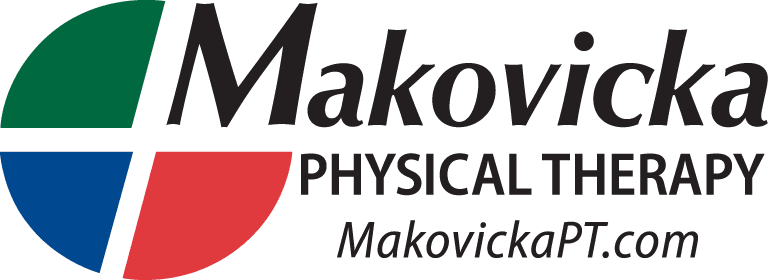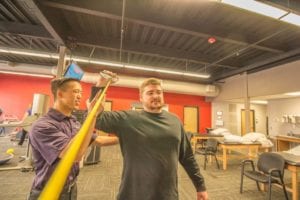The shoulder is the most mobile joint in the human body. Its capacity for movement allows us to grab objects, throw overhead, clean the house, pick up our children and host of other important daily functions. However, it’s mobility doesn’t come without a cost. There’s a reason yogis and swimmers aren’t winning the world’s strongest man competition each year. For professions or activities that require increased mobility of the shoulder, (playing catch, painting, yard work, etc.) increased stability is required to prevent injury.
If the ability of the shoulder to stabilize is not enough to keep pace with the repetition and mobility required of the activity, shoulder pain can result. Over the age of 40, the most frequent type of shoulder pain is impingement which, if left unaddressed, can often lead to pain and even a tear of the rotator cuff. This shoulder pain is often triggered with repetitive activities at or above shoulder height. If your body doesn’t have sufficient strength to rotate the head of the humerus down into the shoulder joint when raising your arm overhead the humerus will impinge on the acromion (the bone on top of your shoulder). If done many times, which is often the case with painting, yard work, throwing, etc., pain can develop.
The good news is the relationship between mobility and stability can often be restored without surgical intervention! A physical therapist can be a great resource to investigate if the source of your shoulder pain is coming from this phenomenon and help you re-establish the relationship between stability and mobility to get your shoulder back to pain-free!
Remember, pain is your body’s way of telling you to stop…for now. The body is a movement machine. A physical therapist’s job and only goal is to help you get that one movement back. Come stop in and let us help you get back to
doing what you love!
Al Smith PT, DPT
Resources:
Wuelker N, Plitz W, Roetman B. Biomechanical data concerning the shoulder impingement syndrome Clin Orthop Relat Res. 1994; (303):242-249.
Picture from Physiopedia

